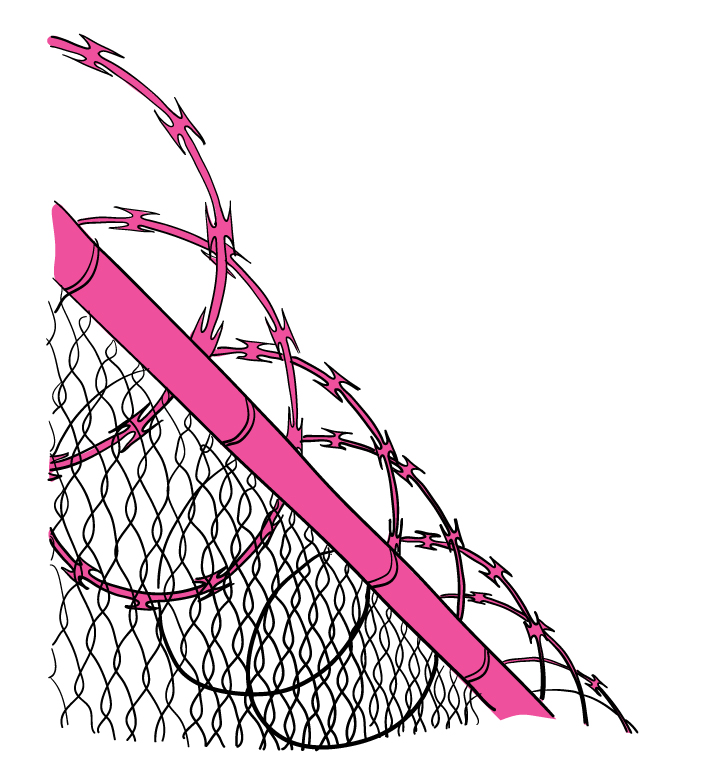I learned about prison abolition from my rapist. I met him in graduate school. We had shared interests and values: race, theory, justice. These principles brought us to an institution with a reputation as the most liberal public school in the country. At UC Berkeley, politically-engaged students gave birth to the free speech movement; my doctoral program in Ethnic Studies formed after some of the longest and most consequential student strikes in American history, strikes that demanded changes to curricula, and the hiring and admission of Black, Indigenous, Asian American and Chicano faculty and students. I was drawn to the afterlife of the protests, the fervor, the radicality.
I was drawn to him. He studied prisons. He was ahead of me by a year, pursuing an advanced degree, and had a seemingly limitless knowledge of political economy. On our first date, carceral geographer Ruth Wilson Gilmore’s seminal book Golden Gulag: Prisons, Surplus, Crisis, and Opposition in Globalizing California sat on a stout wooden bookshelf in his bedroom. New to graduate school, I hadn’t read it, and I knew nothing of men who used theory as a gateway to courtship. I traced my index finger across the creased spine of a paperback copy as he told me about post-Keynesian militarism and the prison industry, a string of words I pretended to understand. I found his explanation of Gilmore enchanting. From his Ivy League bona fides to his easy recitation of Census statistics, he had the knowledge and experiences I associated with academic success. I wanted to know the books he’d read. I wanted to know the things he knew. I wanted to know him. By the end of our time together, I had digested Karl Marx, David Harvey, and Gilmore, who compellingly applied the formers’ theories in her exploration of California’s prisons.
Many abolitionist texts can be assigned to one of two categories: academic study or personal treatise. Gilmore’s work bridges this binary. Golden Gulag begins and ends on a bus. The opening scene follows a group of incarcerated people’s loved ones traveling through the constellation of California’s prisons to the state capital, where they intend to protest the caging of their children, siblings, and spouses. The analogy of transit applies both to the geographic organization of incarcerated bodies and to the experience of reading the book itself. Golden Gulag is not a polemic. It is a...
You have reached your article limit
Sign up for a digital subscription and continue reading all new issues, plus our entire archives, for just $1.50/month.
Already a subscriber? Sign in





